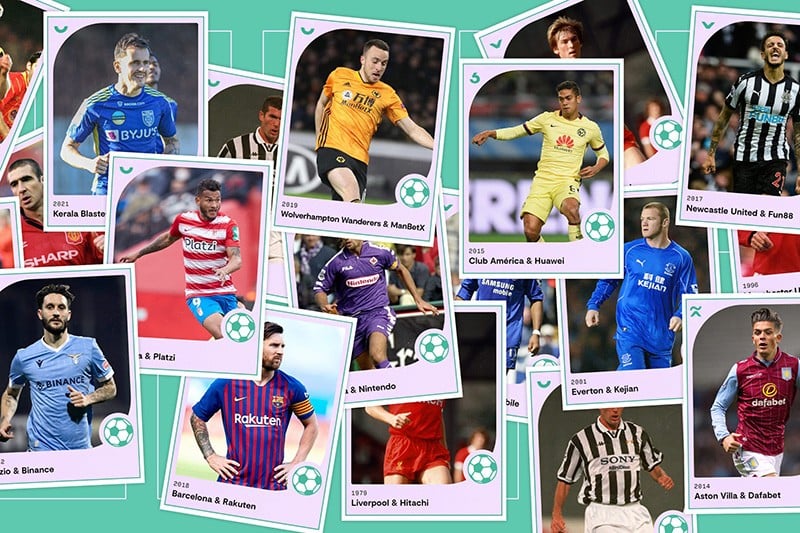 |
It's a mark of branding success for any company willing and able to pay the high price — an honor that costs millions of dollars, and in return, your company's logo appears on the TV screens of millions of viewers every week.
Sponsoring a football club is more than just a business deal. It’s using the world’s most-watched sport to promote your brand. Placing your company logo on the shirts of teams like Liverpool or Real Madrid means associating your brand with a global icon. And for decades, it’s been the go-to strategy for tech startups looking for cash and fame.
Behind that glory and aura, however, lies something that is not revealed about the entire tech industry: when you trace the history of these commercial deals over the decades, you will see that, not just individual companies, but entire sectors – from automobiles to consumer technology to betting sites – seem to want to jump into the sport at once, signaling their rise or desire to dominate a global market where football is part of everyday life.
It is no coincidence, for example, that mobile phone companies moved into sponsoring football clubs at the turn of the millennium. With mobile phones becoming increasingly popular and 3G on the horizon, companies like Samsung and Vodafone wasted no time in paying record sums for some of England’s most successful clubs.
Japanese consumer electronics brands were among the first tech companies to get into shirt sponsorship, with their logos adorning the shirts of clubs from England to Italy throughout the 1980s and 1990s, reflecting the rise of those companies in the wider world: these were decades dominated by the Walkman and the Game Boy.
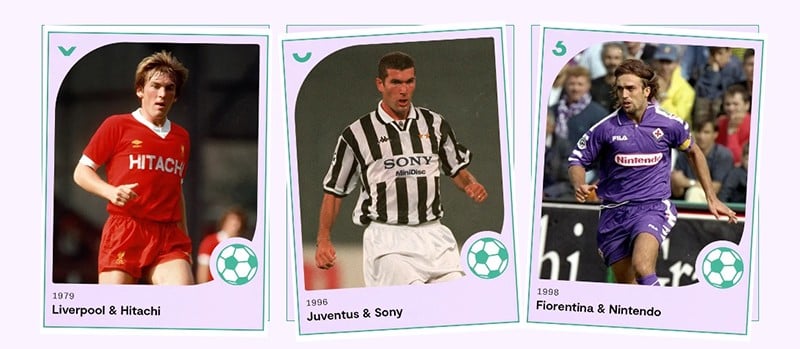 |
Some of these companies were household names before they sponsored English football teams; others used it to secure their place as global brands. Believe it or not, Samsung Mobile was a small player in the world of handsets when it began its shirt sponsorship deal with Chelsea in 2005. But just 10 years later, in late 2015, Samsung was the world’s largest smartphone maker. (Chelsea had its fair share of success in the meantime, too.)
Not all sponsorship deals have been successful, however. Rakuten, one of Japan’s leading e-commerce platforms, put its logo on the shirts of one of its most popular football teams, but it did little to help expand its brand overseas. And Kejian, a mobile phone manufacturer, may have thought it was on to something when it signed up to sponsor Everton, who signed two Chinese players as part of the deal. Kejian was founded in 2013, but the sponsorship deal was still groundbreaking: at the time, the company only sold its phones in China. Kejian may have been the first company to use an English football club’s jersey to reach an audience halfway around the world, but it wouldn’t be the last.
Kejian's idea may seem counterintuitive, but the Premier League is a global product: the league claims matches are shown in “188 of the 193 countries in the world recognized by the United Nations.”
In the 2010s, another rapidly growing tech sector took advantage of this: online betting companies. By the end of the decade, half of the league’s 20 teams had betting logos on the front of their jerseys, many of them for companies targeting audiences in Asia.
So which sectors will dominate the 2020s? Edtech platforms are starting to take an interest, as seen with Colombia's Platzi, which sponsors Spanish La Liga team Granada, and Indian unicorn Byju's, which sponsors the Kerala Blasters.
But if you look at the wider world of sports, the answer is clear: crypto. From the NBA to Formula 1, crypto logos are everywhere, and soccer is no exception. Binance’s logo adorns Lazio’s jerseys, while fellow Italian club Inter Milan has its second blockchain-based jersey sponsor.
It’s unclear what impact the market meltdown will have on crypto companies and whether they’ll still have the money for high-profile sports sponsorships. But history over the past decades shows there’s always another group of tech companies willing to pay, deep into the ground.
Source


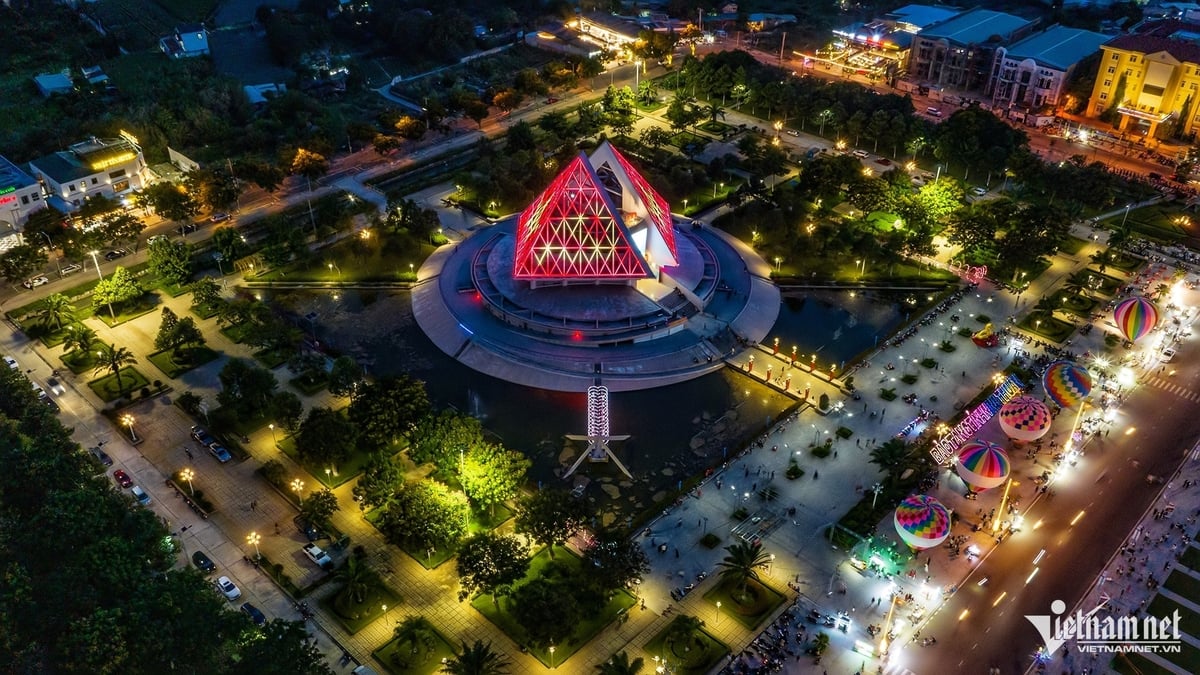

![[Photo] Prime Minister Pham Minh Chinh works with the Standing Committee of Thai Binh Provincial Party Committee](https://vphoto.vietnam.vn/thumb/1200x675/vietnam/resource/IMAGE/2025/5/12/f514ab990c544e05a446f77bba59c7d1)

![[Photo] Prime Minister Pham Minh Chinh receives Swedish Minister of International Development Cooperation and Foreign Trade](https://vphoto.vietnam.vn/thumb/1200x675/vietnam/resource/IMAGE/2025/5/12/ae50d0bb57584fd1bbe1cd77d9ad6d97)
![[Photo] Prime Minister Pham Minh Chinh starts construction of vital highway through Thai Binh and Nam Dinh](https://vphoto.vietnam.vn/thumb/1200x675/vietnam/resource/IMAGE/2025/5/12/52d98584ccea4c8dbf7c7f7484433af5)
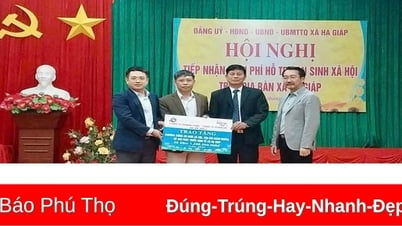










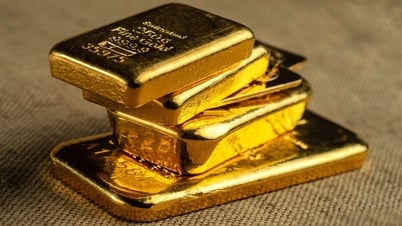

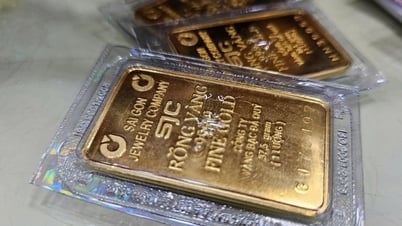



































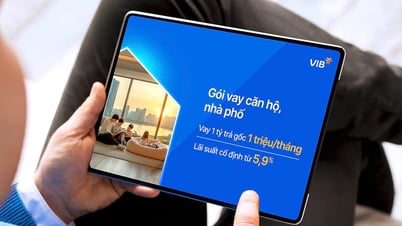
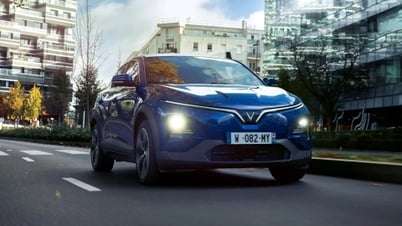


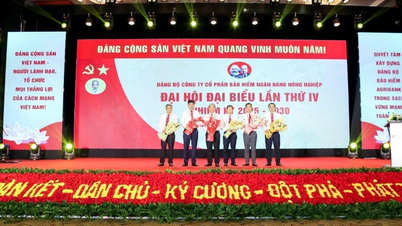

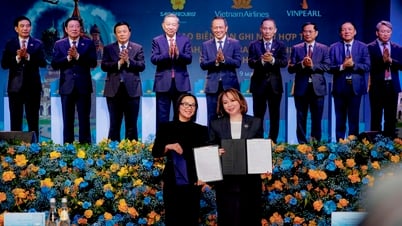
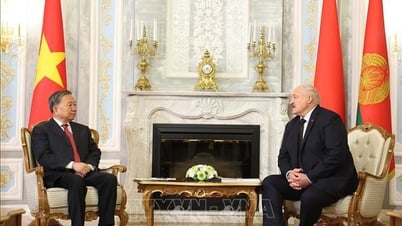
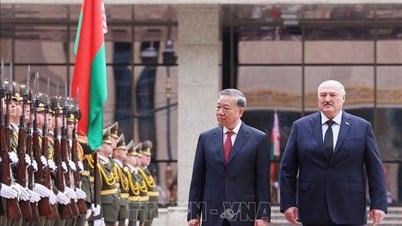
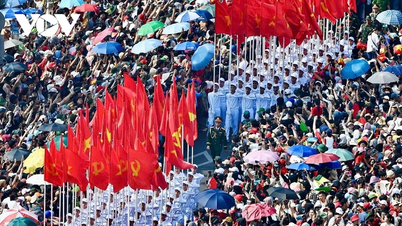



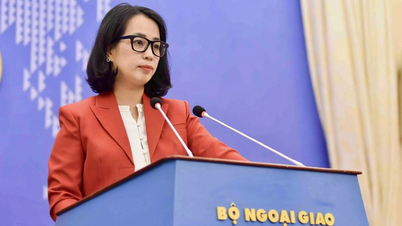




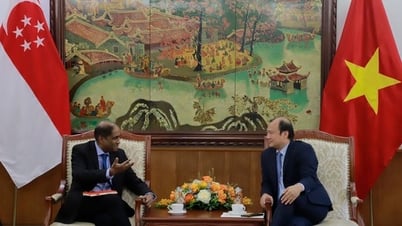




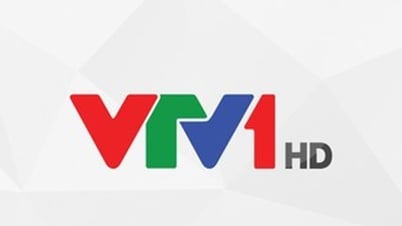

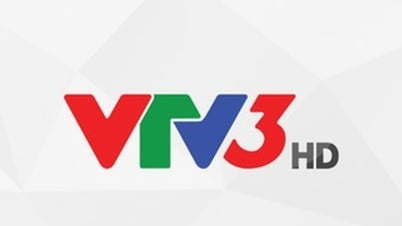
















Comment (0)